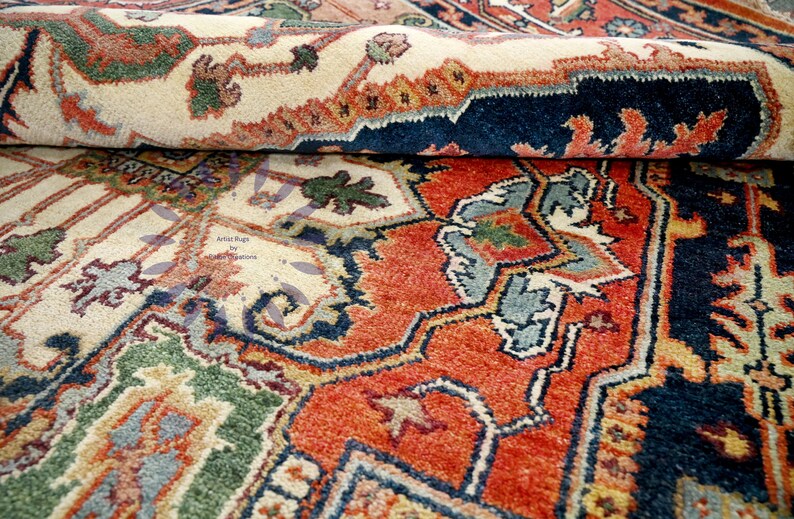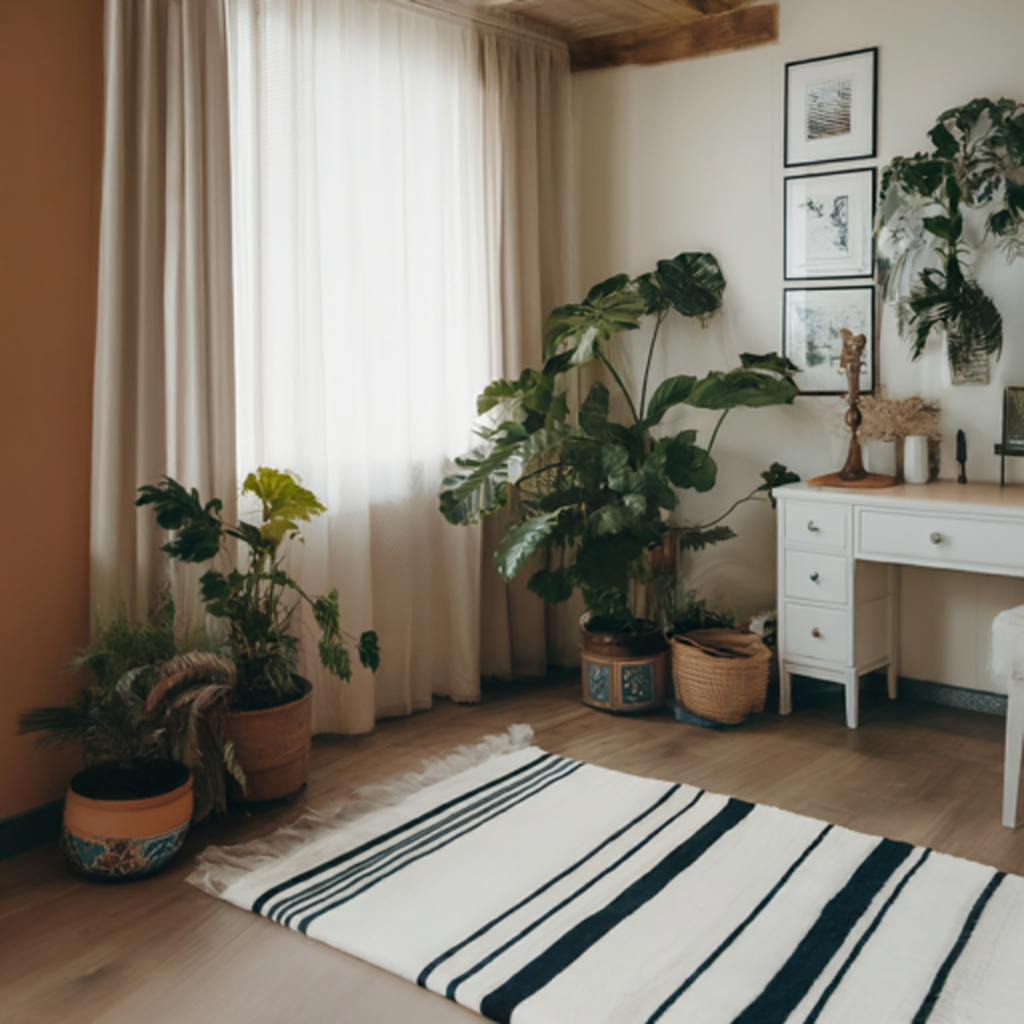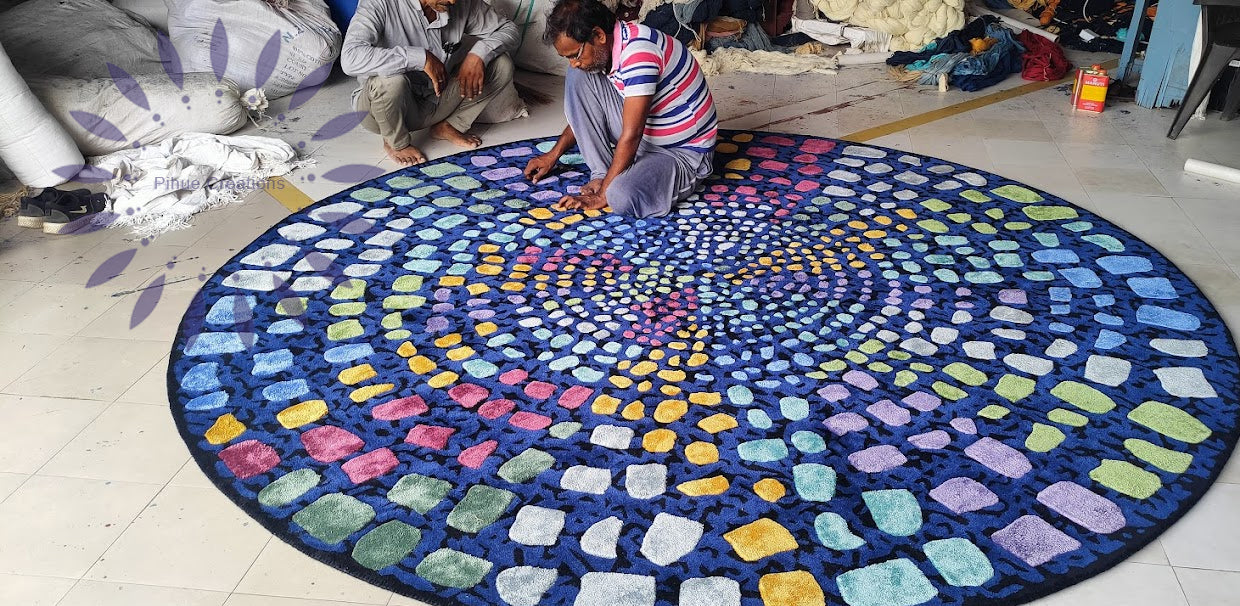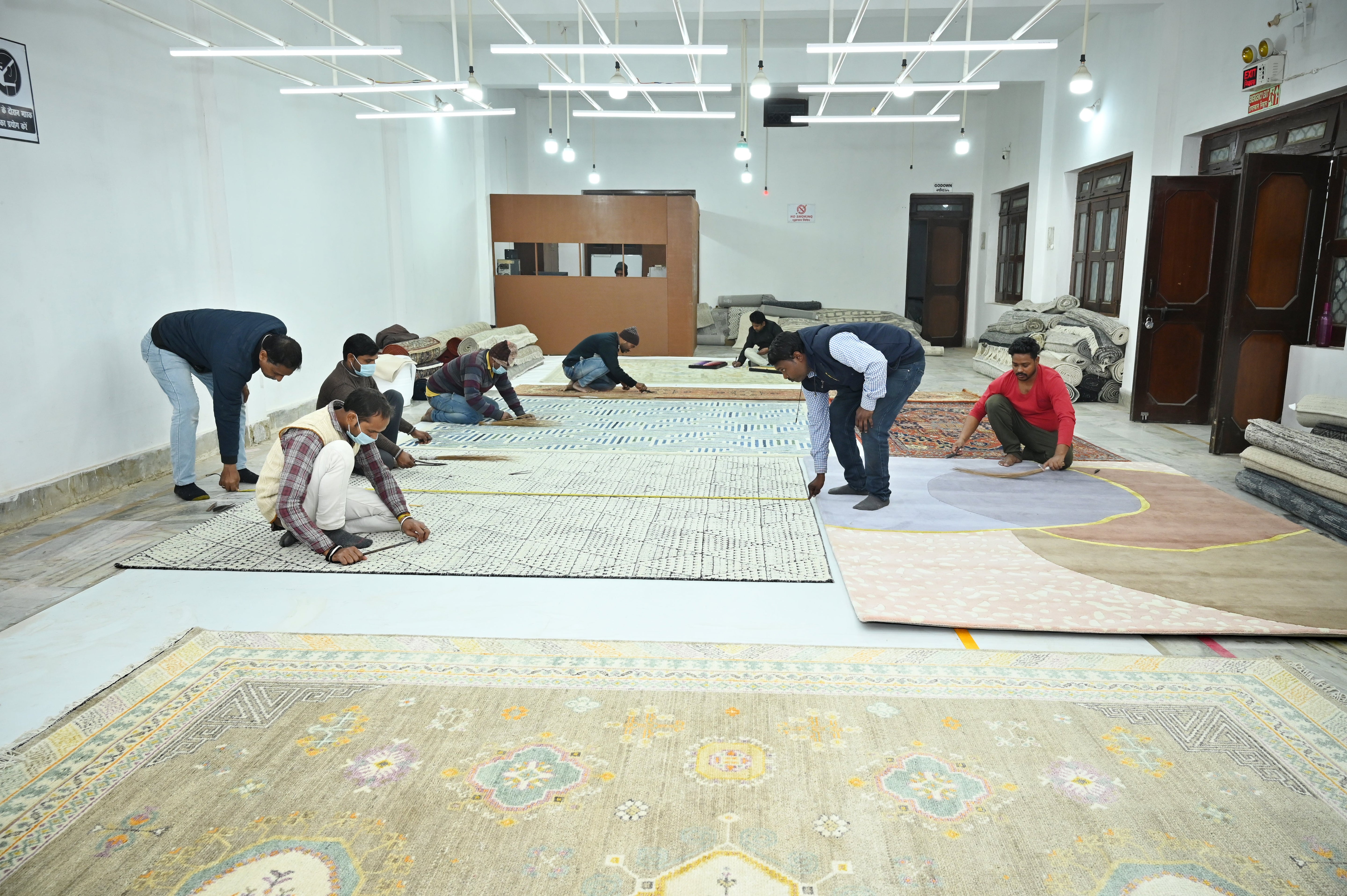
Rug or Canvas? The Rise of Handmade Rugs as Collectible Art
For centuries, rugs have been admired for their beauty and craftsmanship. But today, a new wave of appreciation is transforming how we see them—not just as floor coverings, but as works of art worthy of collecting. In the world of eco friendly rugs, patterns, materials, and techniques are evolving into something deeply personal, much like a signed painting. From a Abaca rug in muted neutrals to a kilim rug with intricate motifs, artisan-made pieces are now gracing walls, galleries, and homes as statement artworks.
The Craftsmanship Behind Artisan Rugs
The heart of this movement lies in the hands of skilled weavers. Each handwoven rug or wool jute rug can take weeks, months, or even years to complete, depending on its size and complexity. In regions like India, Turkey, and Morocco, weaving is not just a skill—it’s a generational heritage.
-
Kilim rugs and kilim area rugs showcase flatweave techniques with sharp, geometric patterns.
-
Navajo rugs tell stories through symbolic motifs and earthy palettes.
-
Oushak rugs and Persian style rugs reflect centuries-old traditions with updated color schemes.
When a weaver signs their rug—often with a subtle stitch or motif—it transforms into a collectible, bridging functional decor and fine art.
Rugs as a New Form of Modern Art
In modern interiors, rugs are no longer limited to the floor. Contemporary rugs with abstract or geometric rug designs are being hung like tapestries, allowing people to appreciate their detail at eye level. A minimalist rug with soft tones like beige and ivory can become a calming backdrop in a Scandinavian rug-inspired room, while a bohemian rug in vibrant red, blue, or green can add an energetic focal point.
The large rug that once defined a living room rug layout can now just as easily command attention as a wall piece in a loft or gallery space.
The Allure of Materials and Techniques
What makes these rugs collectible isn’t just their visual appeal—it’s the tactile experience.
-
A wool rug offers plush luxury, ideal for both display and daily use.
-
Eco-friendly rugs made from organic jute, hemp, or undyed wool appeal to conscious buyers.
-
Distressed rugs and vintage carpets bring a sense of history, with faded colors that tell their own story.
A handmade rug with a neutral palette can seamlessly blend into minimalist interiors, while a tribal rug or antique rug can introduce cultural depth to a modern space.
Collecting Rugs Like Fine Art
Just as collectors value signed paintings or limited-edition prints, signed rugs are becoming sought-after pieces. These artisan works are often made in small quantities or even one-of-a-kind designs, making them highly collectible.
Factors That Add Value:
-
Provenance: Knowing where and by whom a rug was made.
-
Technique: Whether it’s handknotted, flatwoven, or embroidered.
-
Materials: High-quality wool, silk, or natural blends.
-
Condition: Well-preserved vintage or old rugs carry high value.
-
Signature: A mark from the weaver can make it unique and personal.
Rugs in Everyday Interiors
While some collectors keep rugs purely for display, many are choosing to live with them, integrating art into daily life. A bedroom rug in a soft neutral palette can feel as intentional as an art piece above the bed. A runner rug in the hallway becomes a corridor gallery of texture and color. Even a custom rug made for a housewarming gift can be a treasured keepsake.
Placement Ideas:
-
4x6 rug in an entryway for a bold first impression.
-
5x8 rug under a dining table for intimate dinners.
-
8x10 rug anchoring a living space for visual balance.
-
Runner rug leading guests through your home like a curated exhibit.
The Emotional Connection
Art should move you—and so should a rug. When you choose a modern rug with a design that resonates with your personality, it becomes more than a decorative object. Whether it’s a tribal rug that speaks of heritage or a Turkish rug that energizes your mornings, the connection you have with a rug is part of what makes it collectible.
A signed handmade rug carries the spirit of its maker, the traditions of its region, and the personal meaning you give it once it enters your home.
From Floors to Galleries
Galleries, auction houses, and interior stylists are increasingly curating rugs as they would fine art collections. Vintage carpets, antique rugs, and rare hand knotted rugs are featured in exhibitions, highlighting them as cultural treasures. And just like investing in art, acquiring a collectible rug is both a personal and financial decision—one that can appreciate in value over time.
Final Thoughts
So, rug or canvas? In today’s design world, they can be both. A handwoven rug is a tactile painting, a cultural artifact, and a functional design element all in one. The rise of collectible artisan rugs is a celebration of craftsmanship, heritage, and individuality.
By investing in a custom rug or a signed handmade rug, you’re not just buying a piece of decor—you’re acquiring a piece of living history. And whether it’s on the floor or hanging on your wall, it will continue to tell its story for years to come.








